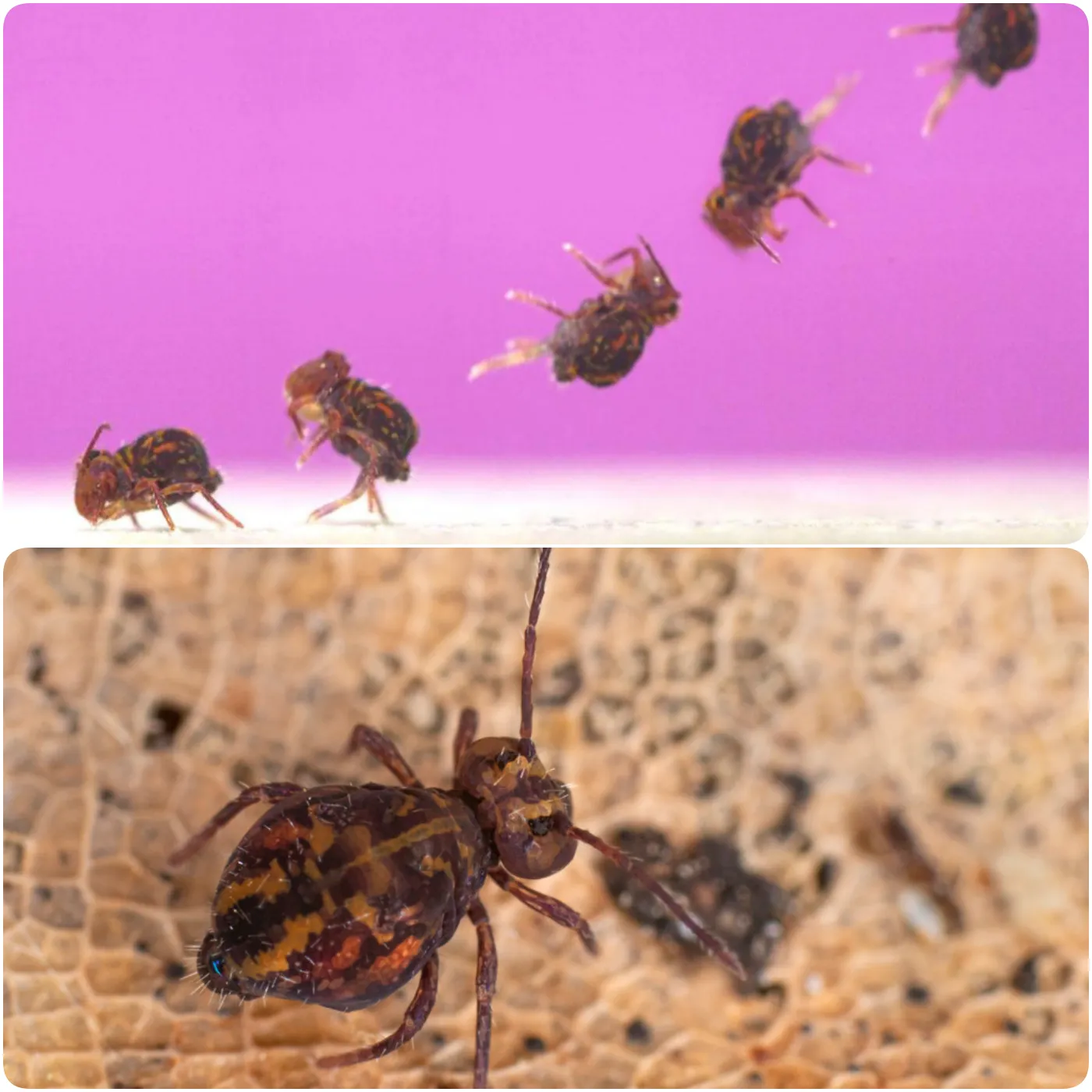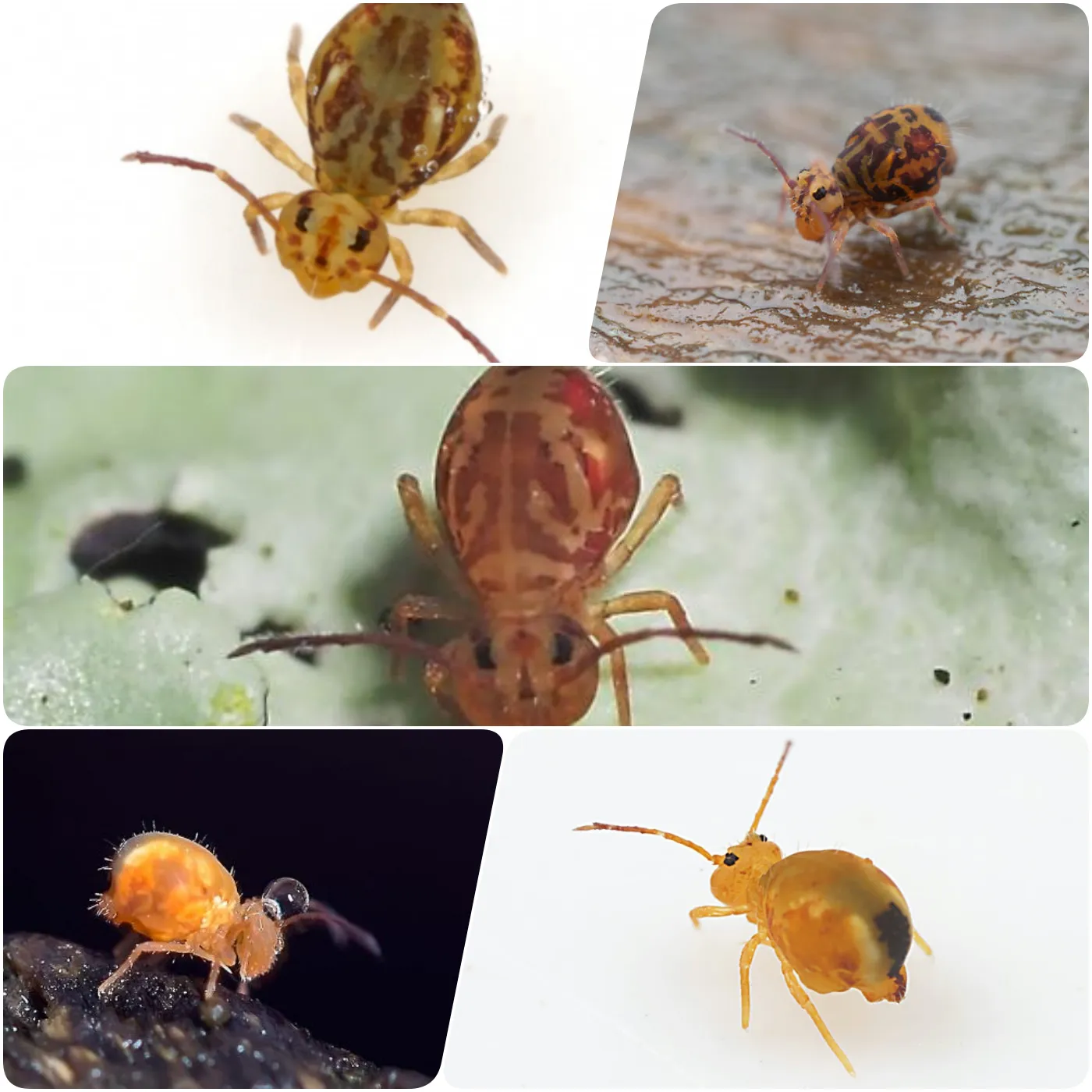
The fastest tumbling creature in the world: The spherical springtail
The spherical springtail (Dicyrtomina minuta), a tiny insect only a few millimeters long, holds the title of fastest somersaulting creature in the world. It can jump up to 60 mm high, several times its body length, and perform quick somersaults in the air in just milliseconds. Researchers at North Carolina State University recently discovered the incredible flipping ability of this springtail, Interesting Engineering reported on August 30. New research published in the journal Integrative Organismal Biology.

“When a spherical springtail jumps, it not only jumps and lands, but also performs a somersault,” explains Adrian Smith, associate professor of biological sciences at North Carolina State University. Smith notes that no other animal can match the rapid flipping speed of the spherical springtail.
Although only a few millimeters long, spherical springtails are harmless because they neither fly nor bite. Their only defense against predators is their incredible jumping ability, which allows them to disappear from sight in an instant. However, studying their jumps is quite difficult because their speed often causes blurry images on conventional cameras.
To overcome this challenge, Smith and his colleagues used a high-speed camera that can capture 40,000 frames per second. Using light or a light touch with a paintbrush, they stimulated the beetles to jump and then analyzed their movements, including jumping speed, distance and landing technique. This research has helped uncover the biological mechanisms behind their impressive flips. Instead of using legs, springtails jump using special appendages called hairs, located under their abdomen. Furca have a small pointed tip that allows them to perform a series of rapid somersaults while jumping. However, landing poses a significant challenge for these tiny creatures.
The spherical springtail achieves a flip in just milliseconds, reaching a maximum rotation speed of 368 revolutions per second. Furthermore, they can jump to a height of 60 mm, many times their body length.

Their jump is not forward, leading researchers to believe that the tail jump is purely for survival. “We think their jumping is simply a quick escape mechanism to avoid predators or other potential dangers,” Smith said.
Currently, the main goal of the research is to better describe and analyze the behavior of globular springtails. However, with the rise of nature-inspired robots and drones, the unique jumping abilities of these tiny insects could inspire future technology. “We are conducting further studies to explore some of the basic design and engineering principles from these organisms,” Smith added.






